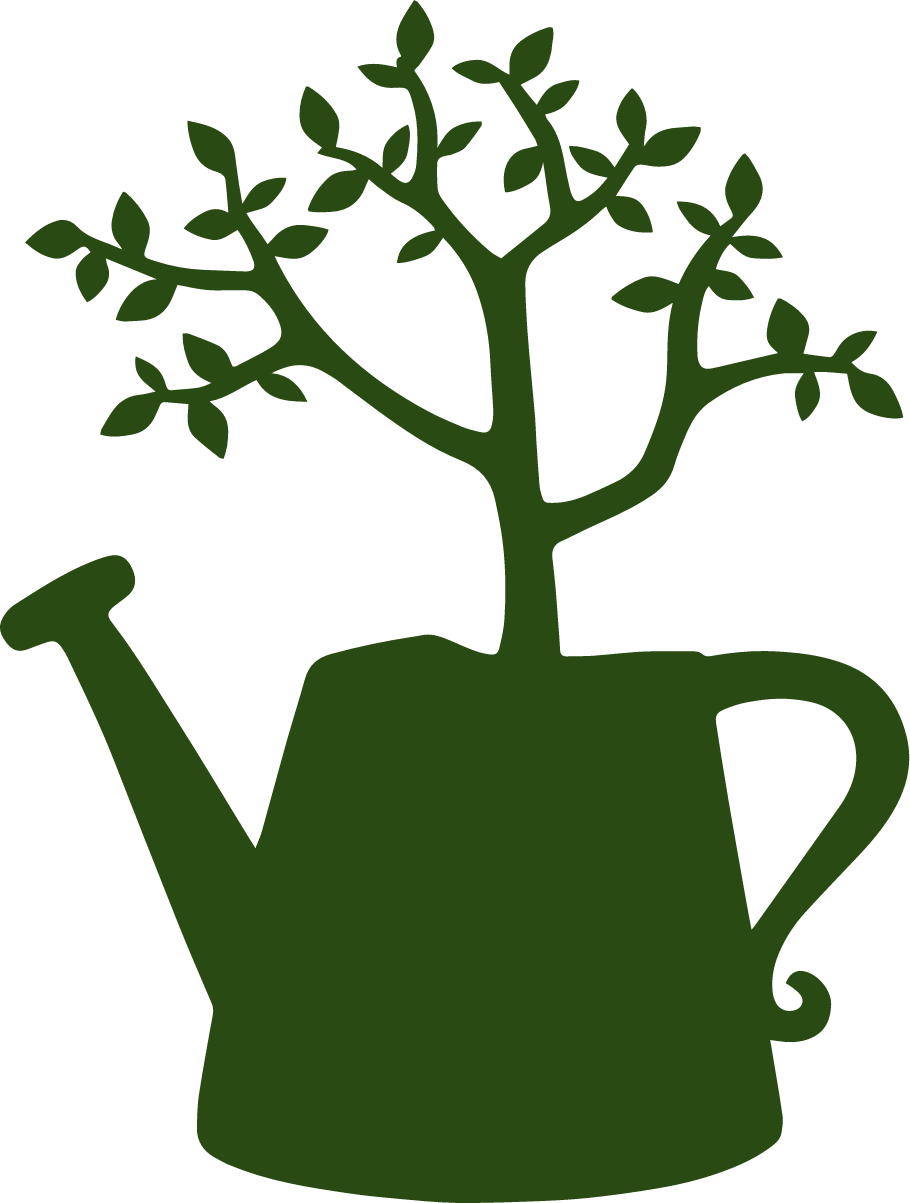Restoring Nature in your own Backyard
The headlines have become familiar: Honeybee populations in decline, Monarch butterflies near extinction and bird populations crashing. Add this to the ongoing pandemic and social and political upheaval and it is enough to send even the strongest among us into despair.
But take heart — there is hope and it is in your own backyard.
In fact according to Ecologist Doug Tallamy our yards are actually Nature’s Best Hope which is the title of his fascinating bestselling book. Tallamy explains that the interconnected food web of soils, insects, plants, birds and animals which exists right in our own backyards is in need of our care. By taking the steps to improve conditions in our yards we will have a direct and immediate positive impact on life on the planet. Tallamy declares that such stewardship is no longer optional but an obligation we all share. So, how can we make an impact?
5 Ways To Bring Life to your Backyard
1 - Plant native plants
There are many flowers, shrubs, and trees that will not only add beauty to your landscape but life as well! Over 90% of most plants in local Marin backyards are non-native, but by intentionally planting native species we can support the populations of native wildlife.
2 - grow the plants that feed insects which will feed birds
Choose plants for your yard that host and feed the insect population. The more insects on your plants means the more food for birds. A favorite for birds are caterpillars, so by intentionally plantings native seed species, you can support the growth of the backyard bird population.
3 - Put up a seed feeder
When done responsibly, supplementing birds food sources with a bird feeder and birdseed can have benefits for you and the birds.
FEATURED PRODUCT
FEATURED WORKSHOP
4 - PROVIDE A WATER SOURCE
A bird bath can provide an important water source for birds and insects — especially during periods of prolonged drought.
5 - Put up a birdhouse
A birdhouse can be an important substitute for birds that have evolved to seek out nesting cavities in dead trees. Humans rarely leave dead trees standing, so providing your own birdhouse creates a space for backyard species to best.
What is meant by stewardship of our yards? The journey begins with exploring the idea that our home yards, local parks and even the median strip along our streets can be vital habitat for many forms of life. Where before we planted primarily for visual beauty, now the task is to look at those same areas with an eye towards how they serve the natural world as well.
This means we will choose more plants that evolved in our local area, favoring, for example, the California Oak tree with a 10-million-year-old presence in the area over the Chinese Elm who claim a mere 200-year-tenure. When you’ve lived somewhere for 10 million years you set down roots, you establish relationships, and you become an integral part of the life cycles of both plant and animal species around you. This explains why an insect survey of our California Oak will display dozens and dozens more insect associations than are present on for example the commonly planted exotic Elm species that are native to China.
By becoming aware of the impact of natives species on our environments, we can be intentional about the steps we take to support and sustain the ancient networks of life in our backyards. Because, as we now know, native plants species bring more insects, and where there are more insects there are more birds, and with more birds — there is more life!
Are you getting the picture? :)

































